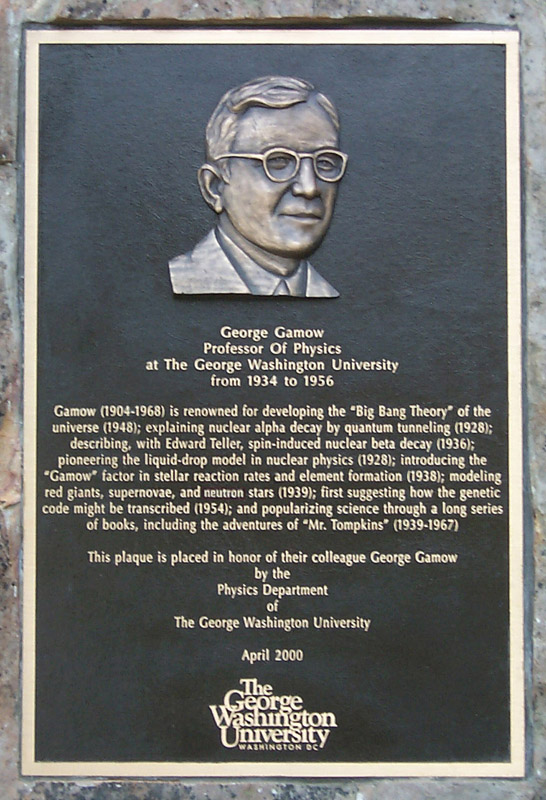George Gamow was a Ukrainian-American theoretical physicist and cosmologist. While he was not involved in the Manhattan Project, he did encourage some peers to work on the project.
Early Years
Gamow, born Georgy Antonovich Gamov, was born on March 4, 1904 in Odessa, Russia Empire [now Ukraine]. Even as a child, he had a strong interest in science and always enjoyed stargazing.
In 1922, he began attending Novorossiya University in Odessa before continuing on to the University of Leningrad (now St. Petersburg) in 1923. In St. Petersburg, Gamow studied optics and cosmology. He received his PhD in 1928, and his research into the atomic nucleus was the basis for his doctorate. During the summer of 1928, Gamow worked on quantum theory at the University of Gottingen in Germany.
After studying in Germany, Gamow was invited to Niels Bohr’s Institute for Theoretical Physics at the University of Copenhagen. There, he proposed his “liquid drop” model of atomic nuclei, which served as the basis for the modern theories of nuclear fission and fusion. During this period, Gamow took a break from this research to work with Ernest Rutherford in Cambridge at the Cavendish Laboratory in 1929.
After returning to Russia, Gamow and his wife, physicist Lyubov Vokhminzeva, decided to flee because of Stalin’s oppressive regime. They successfully defected while attending the 1933 Solvay Conference for physicists in Brussels, Belgium.
The couple moved to the United States in 1934, and Gamow was appointed a professor of physics at the George Washington University in Washington, D.C. As a condition of his employment, the university agreed to host The Washington Conferences on Theoretical Physics. Since there was nothing like Bohr’s annual gathering in the United States, the Washington Conferences were an immediate success. Although expenses were modest, the Carnegie Institution even co-sponsored the conferences with GWU. In addition, it was at GWU that Gamow collaborated with Edward Teller in developing a theory of beta decay, a nuclear decay process in which an electron is emitted.
While Gamow was an accomplished physicist, he was not involved in the Manhattan Project. However, he did encourage at least one physicist, his student Geoffrey Chew, to join Edward Teller’s team on the Manhattan Project at Los Alamos.
According to Chew, Gamow was never involved in the project because of his Russian background. Chew speculated that United States intelligence thought that Gamow would be subject to pressure from Soviet intelligence.
Later Years
After the discovery of the structure of DNA in 1953, Gamow became more interested in biochemistry and genetics. His research made a contribution to modern genetic theory.
After leaving George Washington University in 1954, Gamow worked briefly at University of California Berkeley until taking a position at University of Colorado Boulder in 1956. He remained there until his death on August 19, 1968.





